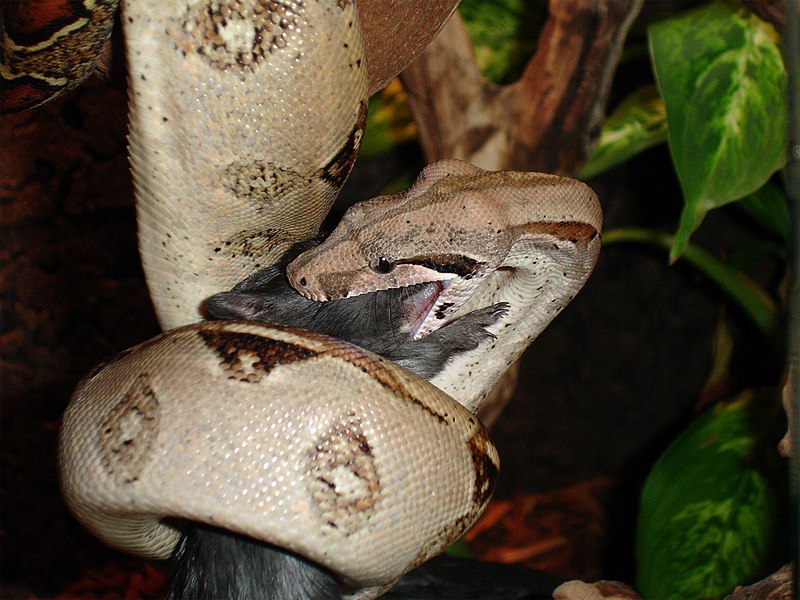 |
| Honeybees, such as this one, are being threatened with extinction from pesticides and other pollutants. Thankfully, people have started to give these helpful insects a helping hand. |
Notice: For those of you who don't know, National Honeybee Day 2015 was last Saturday. The article you are about to read was written several days before that point.As the dog days of summer have just ended and the sound of buzzing is in the air. Yep, that's the characteristic sound of honeybees. Bees everywhere in the northern hemisphere are gathering nectar and making honey to make sure they have enough food to last them the entire winter, when no flowers are around to collect nectar from. Not only do bees produce honey (something many of us can't imagine living without), but they also are one of the most important pollinators we have in nature – if it weren't for them, many plants would be largely unable to reproduce. Unfortunately, bees everywhere (not just honeybees) are disappearing at a massive rate. Why? According to Dr. Arizona Stevenson of Animal Adventures Institute. “Bees are disappearing because the plants which they pollinate are often coated with pesticides. Pesticides may be meant to kill pests that harm farmers' crops, but they harm just about everything else too, including (in the long-term) humans who eat them! We must help save the bees are else a lot less pollinating is going to be going on.”
Thankfully, the bee's cry for help has been heard. Antonio the Armadillo has recently spearheaded a special celebration to occur just in time for National Honeybee Day (“Bee Day” for short). Antonio is quoted for saying, “Honeybees are dying everywhere and people need to know what's going on with them and how they can help save these beneficial insects.” My trusty, junior photographer, Daniel P. Smithwater, and I found Antonio's behavior a little strange regarding the bees. Anyone who knows Antonio is aware that this armadillo is quite the salesman (he used to be a traveling salesman, but upon reaching Animal Adventures Inc. (AAI.) , he decided to stay. Hooray for us.). He's someone who would sell not one, but three buckets of sand to a man in the desert. Normally, his only motive is to make more money. Why would he care about bees? I decided to ask. “Well, bees are very important creatures. They pollinate the flowers, they make honey...and not to mention, many of the products I sell have honey in them. Without bees, I wouldn't be able to sell a lot of my products.”
In order to help bring awareness to the bees' plight, Antonio is organizing AAI.'s Annual Bee Day Celebration. We decided to interview Antonio's right-hand man, Bully the Bullfrog for more details on the festivities. “We've already recruited the help of many AAI. residents,” he says, “to create an elaborate parade, with balloons, floats, animatronic bees, people (and animals) in bee costumes and confetti.”
It turned out that a kid named Ryan Gregor, who's family lives on the property, is helping out with the animatronics. He says, “It's a lot of work to create this event, but it's all for a good cause. So we're willing to do it.”
Antonio's event has been faced with much approval, but also some disapproval by some of the locals. One of them is Mary Montano. She's the owner of Mary's Mall on AAI. property and was previously signed up as a sponsor for the event. But for unknown reasons, she decided to drop out. I guessed that after a recent bee incident, Mary has been somewhat spiteful of bees. When asked why she declined to even attend the celebration, she merely said, “It's weird.” Antonio knows about Mary's objection, and upon me asking about it, he said, “Mary is known to be a bit of an inconsiderate grouch. A bit of a Scrooge. She really seems to be against all things beautiful, lovely and fun...well, maybe just fun, because she has a beautiful mall and lovely decorations in it, but I mean...seriously. She hates fun! You should have seen her last Christmas! She forbid us to set up any Christmas decorations. She even rejected having a live Nativity scene with live animals, after the animals, the actors and the set arrived. That's Mary for you...” then he seemed slightly nervous. “You're not publishing this, are you?” he asked.
The annual Bee Day celebration will be held on Bee Day itself, which this year is on August 15th (it's the third Saturday every August). In closing, Antonio is quoted for saying, “Despite all the bee stings and dislike from certain locals, I firmly believe this celebration will bee exceedingly bee-autiful and completely worth it...especially since it's for everyone's favorite pollinators: the honeybee!”
Written by: Mr. Smiley
Photographer: Daniel P. Smithwater
Edited by:
Christian Ryan
Weekly Cartoons
Next Issue: Rerun article








